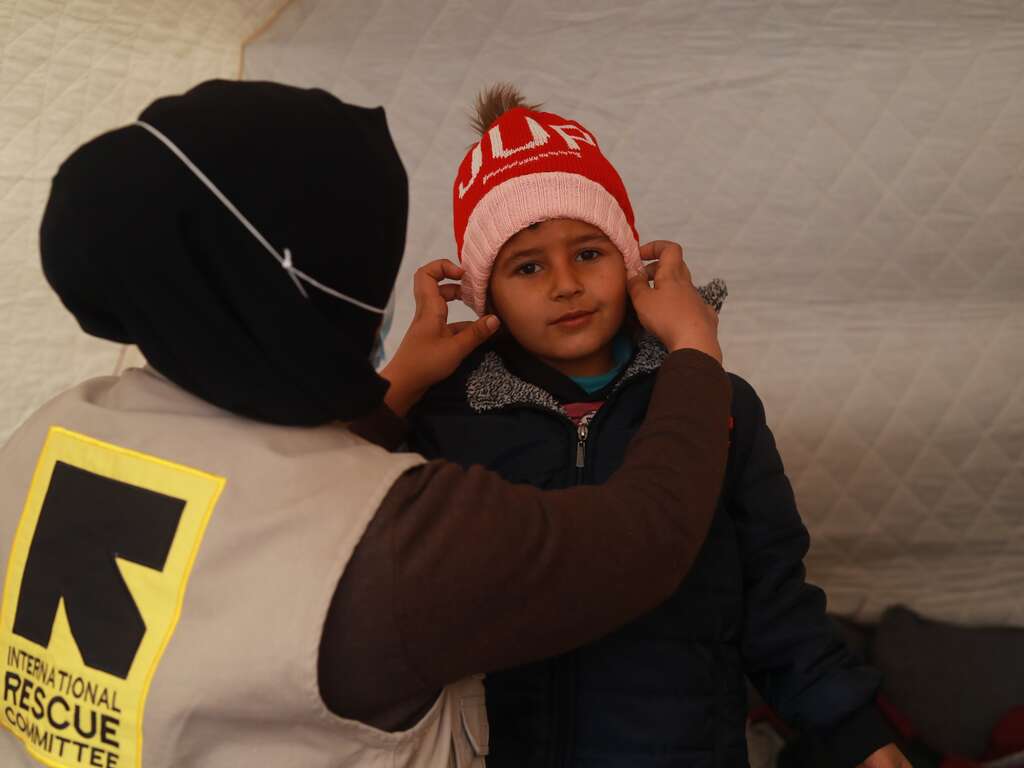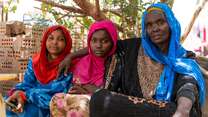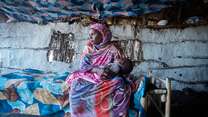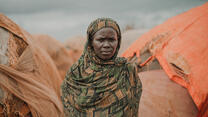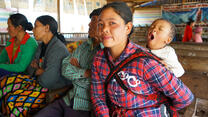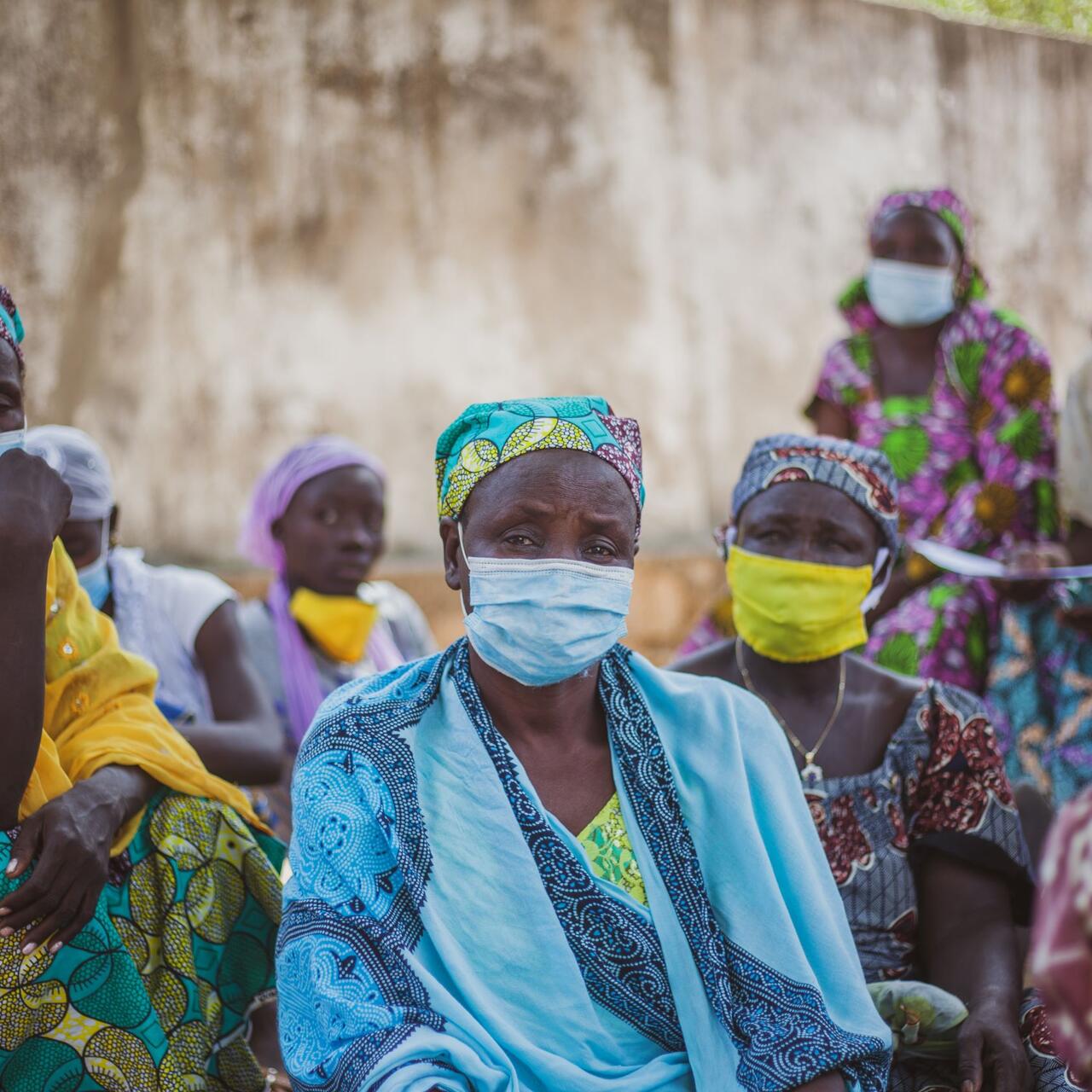
Click here for the top 10 crises the world can’t ignore in 2023.
274 million people worldwide will be dependent on humanitarian aid in 2022: from Afghanistan to Ethiopia and Yemen to Myanmar and Syria. Never before has the suffering worldwide been so great. The IRC's Emergency Watchlist reveals the ten worst humanitarian crises in the world expected in 2022 and what must happen to end the suffering.
Afghanistan is in first place, Ethiopia in second place, followed by Yemen in third place. The “Top 10” of the watch list also include Myanmar and Syria as well as five other African countries: Nigeria, South Sudan, Democratic Republic of the Congo, Somalia, Sudan.
Most Watchlist countries–the top ten in particular–have experienced almost non-stop conflict over the last decade, hampering their ability to respond to global challenges like COVID-19 and climate change. These 20 countries are home to 10% of the global population but account for 89% of those in need of humanitarian aid worldwide.
Displaced families, and in particular women and girls, are disproportionately affected by the crises, which are more than a series of unfortunate events, stresses David Miliband, IRC president and CEO. “The story told by the Watchlist makes a bigger argument,” he writes in the report, “not just that there are more poor and more people forcibly displaced, but that the scale and nature of humanitarian distress around the world constitutes a system failure.”
Out NOW: Our annual Emergency Watchlist, highlighting crises we can't ignore in 2022.
— International Rescue Committee - UK (@RESCUE_UK) December 15, 2021
The IRC is on the ground providing emergency care, but we must do more to fix the broken systems that allow human suffering on this scale.
How you can help: https://t.co/KCzZzFg8Mzpic.twitter.com/R3W9DIWATo
The IRC has produced a Watchlist each year for over a decade. Over this time, it has evolved from a purely internal aid for emergency preparedness planning into a public report that warns global leaders, policymakers and concerned citizens not just where crises are deepening but why they are deepening and what can be done about it.
The statistics, methodology, detailed analysis, and recommendations for action, read the full 2022 Emergency Watchlist.
Here are the ten worst humanitarian crises at a glance:
10. Humanitarian crisis in Sudan: Political tensions amid regional drought and conflict
Population: 44.9 million
People in need: 14.3 million
People internally displaced: 3 million
Sudan enters 2022 facing multiple challenges. The military removed civilian leaders in October 2021, and the resulting political uncertainty could destabilise peace efforts with armed groups. Environmental shocks, economic crisis and COVID-19 restrictions are driving inflation.
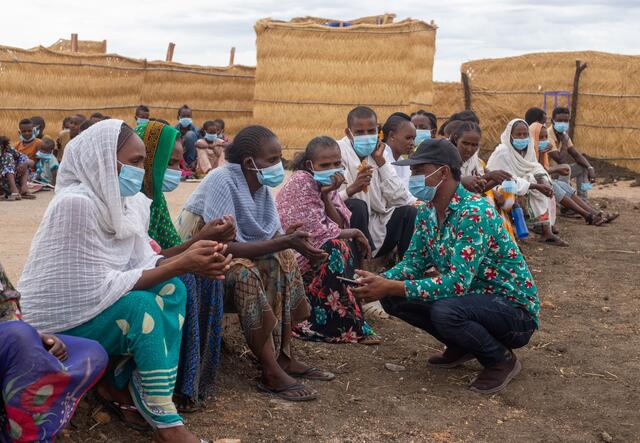
Humanitarian risks
- Political volatility threatens peacemaking efforts in Darfur, South Kordofan and Blue Nile.
- Inflation is skyrocketing (currently 388 percent), debt relief could be suspended, and humanitarian response is underfunded (36 percent).
- Climate change is exacerbating flooding and drought, locust plagues present a constant threat, and food insecurity could affect up to 6 million people.
The IRC response
The IRC relaunched its programmes in Sudan in 2019, which currently include water and sanitation services and integrated protection support for women and child refugees. The IRC also builds and rehabilitates health facilities to provide reproductive health care and facilitate the treatment and prevention of communicable diseases, including COVID-19. Learn more about the IRC’s Sudan response.
9. Syria—Economic crisis compounds a decade of war
Population: 21.7 million
People in need: 14 million
People internally displaced: 6.8 million
Syrians are enduring the worst economic crisis since the war began, with record levels of food insecurity and rapid inflation. At the same time, water shortages in northern Syria are creating drought-like conditions for millions and jeopardising already compromised health and water systems. There is an enduring risk of a major military offensive targeting areas outside government control.
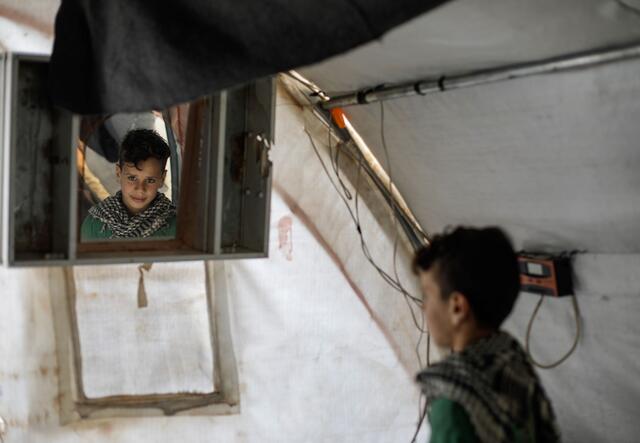
Humanitarian risks
- The COVID-19 pandemic and economic collapse in neighbouring Lebanon (also on the Watchlist this year) have increased the average price of essential food items 236 percent.
- A government offensive to retake territory outside its control in Idlib could put 3 million people at risk.
- Authorisation for the last remaining border crossing for United Nations aid into Syria expires in July 2022, with no viable alternative.
The IRC response
The IRC has been working in Syria since 2012, promoting economic recovery with job training, apprenticeships and small business support. IRC teams support early childhood development and provide counselling and protection services for women and children, particularly for survivors of violence. We support health facilities and mobile health teams with lifesaving trauma services, and with primary, reproductive and mental health services. The IRC also supports Syrian refugees in Jordan, Iraq and Lebanon. Learn more about the IRC’s Syria response.
8. Somalia—Humanitarian access worsens as needs rise
Population: 16.4 million
People in need: 7.7 million
People internally displaced: 2.9 million
Somalia has been on the Watchlist for nine consecutive years but has moved into the Top 10 due to escalating political tensions with risk of renewed violence. Somalia also ranks among the top five internal displacement crises. Drought conditions are expected to worsen.
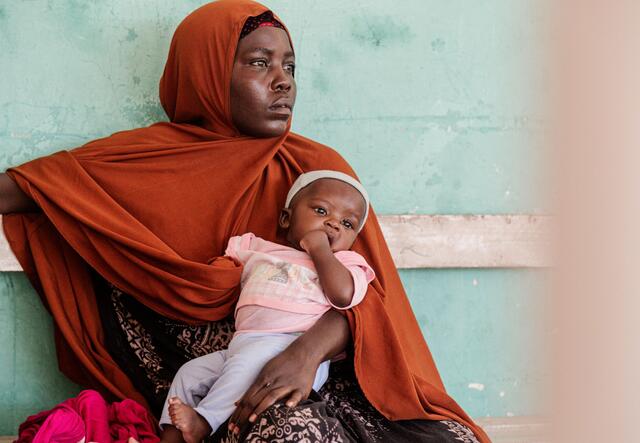
Humanitarian risks
- Attacks by al-Shabab—sometimes targeted at humanitarians—administrative and bureaucratic barriers, and poor infrastructure limit humanitarian access. And as elections are pushed deeper into 2022, political tensions could spark more violence and displacement.
- Environmental shocks, including drought and locusts, could put millions at risk of food insecurity and malnutrition.
- Communicable diseases will continue to pose a risk, particularly for displaced people and the urban poor.
The IRC response
The IRC, assisting in Somalia since 1981, supports economic wellbeing through job training, food vouchers and direct cash assistance to farmers, shepherds and small business owners. We also partner with communities to identify, plan and manage development projects. Our work with children and women is informed by the promotion and protection of human rights. Learn more about the IRC’s Somalia response.
7. Myanmar—Violent deadlock leaves millions in humanitarian need
Population: 54.8 million
People in need: 14.4 million
Score for access constraints: 5/5
The events of February 2021 sparked a cycle of armed clashes and violence that has caused significant new displacement and humanitarian need across the country. The economic impacts of this instability, combined with the impact of COVID-19, are projected to push millions into poverty in 2022.
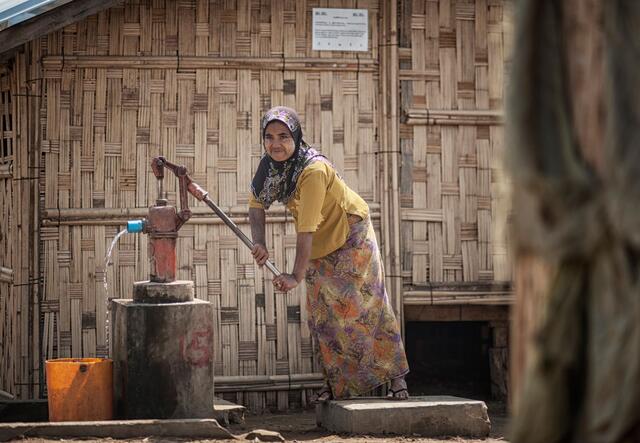
Humanitarian risks
- Conflict and civil unrest have spread throughout the country since the military took power, displacing 220,000 people during 2021 in addition to the more than 330,000 internally displaced before February 1.
- Physicians for Human Rights reported almost 300 attacks and threats against health workers and facilities between February and October 2021, most carried out by the military; access to health services is severely limited or out of reach for many across the country, especially in areas affected by conflict.
- A severe economic contraction, the international backlash to the military takeover, and extreme constraints on humanitarian access are further challenges for 2022.
The IRC response
The IRC began work in Myanmar in 2008, providing humanitarian relief in the wake of Cyclone Nargis. Since then, the IRC has expanded its work to provide health care, protection, women’s protection and empowerment, and water and sanitation, as well as shelter and emergency relief materials to newly displaced populations. Learn more about the IRC’s Myanmar response.
6. Democratic Republic of Congo—Conflict and disease compound humanitarian crisis
Population: 92.4 million
People in need: 27 million
People internally displaced: 5.6 million
Conflict in Congo is especially volatile in the eastern provinces of Ituri, North Kivu and South Kivu, where consecutive Ebola outbreaks have strained a weak health system. Political tensions in Kinshasa could set the stage for violent clashes leading up to the 2023 general elections.
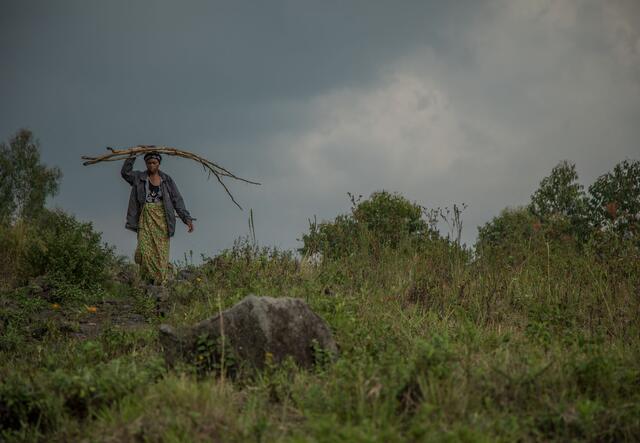
Humanitarian risks
- More than 100 armed groups in the eastern provinces are vying to control land and lucrative natural resources, particularly minerals; citizens are often targeted during conflicts.
- The continued threat of Ebola strains a health system recovering from previous outbreaks.
- The humanitarian response in Congo remains seriously underfunded (37 percent).
The IRC response
The IRC has operated in Congo for over two decades, providing lifesaving health care, including reproductive health services, as well as water and sanitation, education, and support for survivors of violence. We work with communities on peacebuilding projects aimed at conflict reduction and economic recovery. In recent years, the IRC has launched emergency responses to contain Ebola, including the latest outbreaks in eastern Congo. Learn more about the IRC’s Congo response.
5. South Sudan—Regional tensions raise risks
Population: 11.4 million
People in need: 8.4 million
Rank for women’s equality: 165 of 170 countries
South Sudan marked a decade of independence in 2021, but the country has been wracked by violence throughout that entire period. While conflict remains far lower than the peak in 2013-2014, the World Food Programme warns that food insecurity is at its worst levels since independence, underscoring the combined impact of natural shocks, COVID-19 and long-term damage to South Sudan’s economy.
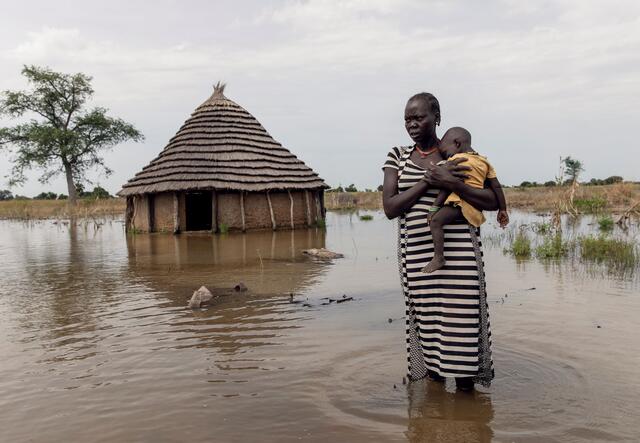
Humanitarian risks
- International organisations deliver over 80 percent of health care in South Sudan—a sign of high levels of unmet needs.
- Hunger is growing, driven by conflict, natural shocks—particularly flooding—and the economic impact of COVID-19; 7.2 million people—over 60 percent of the population—faced crisis (IPC 3) or worse levels of food insecurity in 2021, and 100,000 faced catastrophe (IPC 5) levels
- The growing economic crisis is increasing resentment toward the perceived wealth of aid workers, while ongoing conflict impedes movement of aid within the country.
The IRC response
The IRC is one of the largest aid providers in South Sudan, operating there for over 30 years. We deliver emergency assistance and support at-risk populations in hard-to-reach areas. Our health response the training of local health workers and provision of sexual and reproductive health services, nutrition programmes, and water and sanitation services. We also provide support to youth, children and survivors of sexual violence in addition to community-level engagement to promote peaceful coexistence. Learn more about the IRC’s South Sudan response.
4. Nigeria—Growing insecurity across the country
Population: 211.4 million
People in need:8.3 million
Score for access constraints: 5/5
More than 12 years of conflict and militant activity in northeast Nigeria has garnered global attention, but unrest and insecurity are spreading in other parts of the country too. Criminal activity and conflict in the northwest have sparked a growing humanitarian crisis, and separatist activity in the southeast has become increasingly violent. The various security crises in Nigeria are a manifestation of underlying tensions related to poverty, social marginalisation, and climate change in a country projected to double in population by 2050.
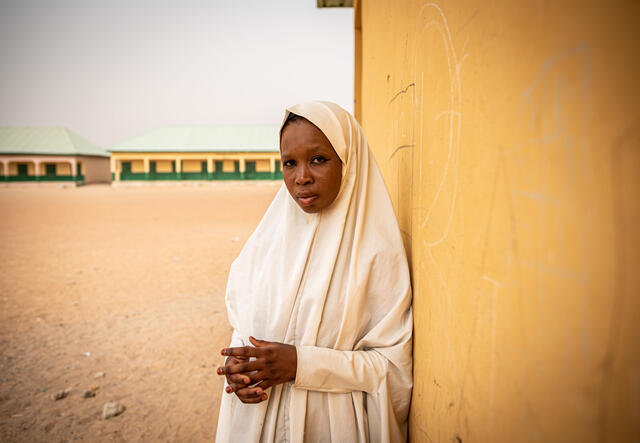
Humanitarian risks
- In the northeast, restrictions on humanitarian access will increase needs for the 1 million people living in “inaccessible” and conflict-affected areas; in the northwest, banditry and armed groups are creating a separate humanitarian crisis; in the southeast, political unrest is testing the government ahead of the 2023 election.
- The impacts of climate change are exacerbating local tensions as farmer-herder conflicts become more violent.
- Disease outbreaks are a perennial issue due to poor sanitation and lack of clean water.
The IRC response
The IRC started working in Nigeria in response to severe flooding in 2012. Currently, we support programmes in health, nutrition, education, water and sanitation, and protection for women, men, girls and boys who are internally displaced and in host communities. Over the next three years, the IRC plans to scale up its humanitarian assistance in both the northeast and northwest. Learn more about the IRC’s Nigeria response.
3. Yemen—Cumulative impact of protracted conflict
Population: 30.5 million
People in need: 20.7 million
Rank for women’s equality: 168 of 170 countries
Yemen drops from the top of the IRC’s Watchlist for the first time in three years not because of an improvement in the humanitarian situation but because crises in other countries are worsening even more rapidly. With humanitarian access heavily restricted in many areas, Yemenis will face increased needs in 2022.
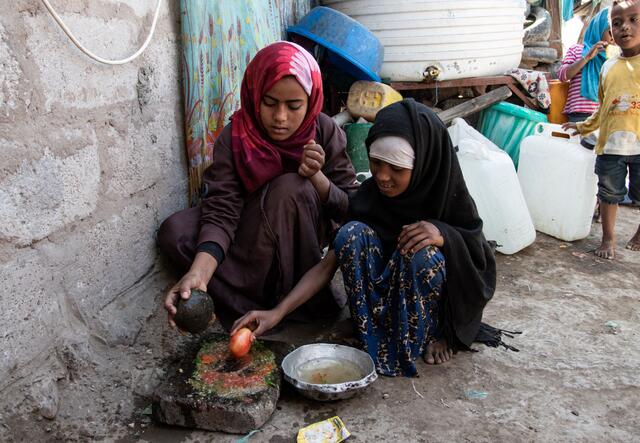
Humanitarian risks
Economic collapse and the destruction of health, education and other critical systems due to years of conflict will continue to push Yemenis deeper into need. Since 2015, 229 schools and 148 hospitals have been damaged during fighting or used for military purposes.
The lack of diplomatic progress ensures continued conflict; localised ceasefires have not yet translated into a wider peace process.
The humanitarian response will continue to be limited by access restrictions imposed by all sides to the conflict.
The IRC response
The IRC has worked in Yemen since 2012. We support primary health facilities and mobile health teams, including in hard-to-reach areas, and provide programming for general outpatient care, reproductive health and acute malnutrition, as well as water and sanitation services, education for out-of-school children, and psychosocial and case management services for women and children. Learn more about the IRC’s Yemen response.
2. Ethiopia—climate change and conflict drives hunger crises
Population: 117.9 million
People in need:25.9 million
People internally displaced: 4.2 million
Climate change and continued conflict in Tigray and now the neighbouring Amhara and Afar regions have pushed Ethiopia ever higher on the Watchlist. The United States estimates that 900,000 people face famine conditions in Tigray, although these figures cannot be verified due to restrictions on humanitarian access. There’s no doubt, however, that Ethiopia is exposed to the impact of climate change, which will drive up needs for millions across the country.
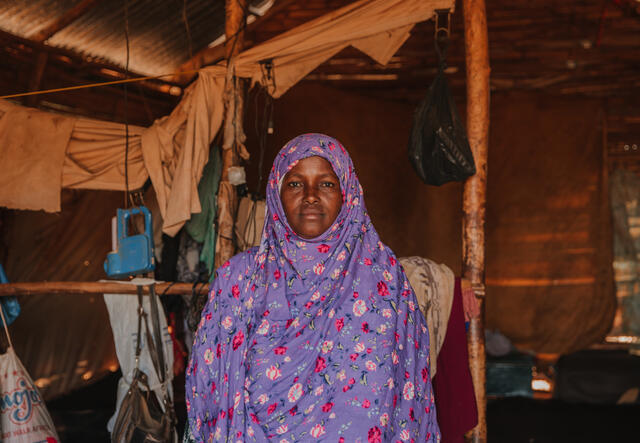
Humanitarian risks
- Conflict and natural disasters intersect: The La Niña effect could exacerbate conditions in a country where climate change has increased the frequency of drought and flooding.
- Low vaccine coverage means Ethiopia will be highly vulnerable to future waves of COVID-19.
- Refugees now arriving from neighbouring countries (many of which are on Watchlist 2022) would add to the 800,000 already living in Ethiopia, where humanitarian response is compromised by access constraints.
The IRC response
Since 2000, the IRC has provided assistance to refugees living in camps and to Ethiopian communities throughout the country affected by drought, flooding, conflict and COVID-19. With our local partners, we distribute cash and basic emergency supplies, and build and maintain safe water supply systems and sanitation facilities. The IRC also supports government partners and community workers in primary health care clinics, constructs classrooms and trains teachers, and provides livelihoods-related training and job opportunities to youth and at-risk households. Learn more about the IRC’s Ethiopia response.
1. Afghanistan—The crisis after the conflict
Population: 41.7 million
People in need: 24.4 million
Rank for women’s equality: 170 of 170 countries
In August 2021, the Islamic Emirate of Afghanistan (commonly known as the Taliban) took control of Afghanistan. International donors immediately suspended most non-humanitarian funding and froze billions of dollars in assets. Without this funding, the economy has spiralled downward. Any attempt by Islamic State Khorasan (IS-K) to take advantage of the shift in power portends violence and civilian harm. Meanwhile, Afghanistan faces ongoing drought and a possible fourth wave of COVID-19.
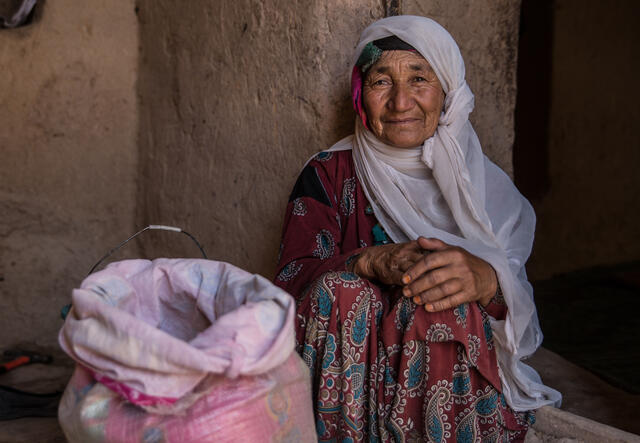
Humanitarian risks
- Afghanistan could see near universal poverty (97 percent) by mid-2022.
- Over 90 percent of the country’s health clinics are expected to shut down, depriving millions of basic care, threatening the COVID-19 response, and creating a major risk of disease outbreaks, malnutrition and preventable deaths.
- Women and girls are at higher risk of gender-based violence, child marriage, and exploitation and abuse, all magnified by gender-specific restrictions on work and education.
The IRC response
The IRC has been working in Afghanistan for over three decades, providing education, protection, water and sanitation, and economic recovery programmes. We support over 60 health facilities and provide information and training sessions about COVID-19. In recent years, the IRC has become a leader in women’s protection and empowerment in Afghanistan. Learn more about the IRC’s Afghanistan response.
How you can help
More than half of Afghanistan's population are facing acute hunger this winter. The IRC are members of the Disasters Emergency Committee (DEC) who have launched an emergency appeal to combat widespread hunger in Afghanistan. When emergencies hit, the DEC brings together leading UK aid charities to raise funds quickly and efficiently. We are proud to join this effort to ensure that people impacted by disasters are able to survive, recover, and rebuild their lives.
How was the 2022 Emergency Watchlist compiled?
Combining analysis of 66 different indices and databases with insights from the IRC’s over 30,000 staff and volunteers working in crisis zones around the world, the Watchlist scores countries at risk for “human threats” (political instability, armed conflict, economic collapse) and for “natural threats” (floods earthquakes, disease). This approach—which is now tried, tested, and shown to work—allows the IRC to identify the 20 countries at greatest risk of experiencing a significant deterioration in their humanitarian situations over the year ahead. Learn more.
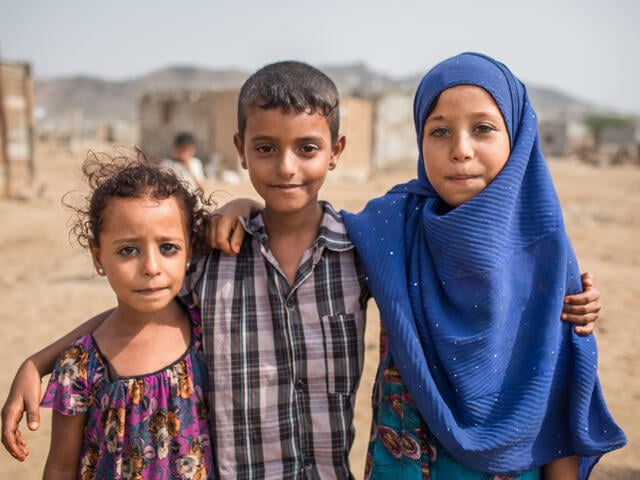
What needs to be done to address these crises?
The IRC’s expert analysis has identified how the global system designed to protect civilians, prevent conflict, hold abusers to account, and guarantee that humanitarian aid reaches those in need is failing at all levels — and even driving conflict and suffering. For example:
Just 21 peace agreements were signed in 2020, the fewest since the Cold War.
Governments and armed groups are attacking civilians without consequences during conflict. Nearly 84% of civilian deaths in the past decade were in Watchlist countries.
In the 2010s, the U.N. Security Council veto was used more than twice as much as in the 1990s, mostly in conflicts where Council members have a direct interest (for instance Syria).
Despite record humanitarian need, less than half of all required humanitarian funding has been received this year (47%).
The IRC is calling for significant changes to the global humanitarian system, not only in how organisations and governments allocate and spend funds, but also in how they confront “conflict actors who use hunger as a weapon of war and civilian suffering as a tool of control,” writes David Miliband. The report makes the case for political and structural reforms that will create respect for international humanitarian law, expand universal jurisdiction to prosecute war crimes, reduce the role of social media in amplifying conflict, and ensure people in need have access to lifesaving services.
